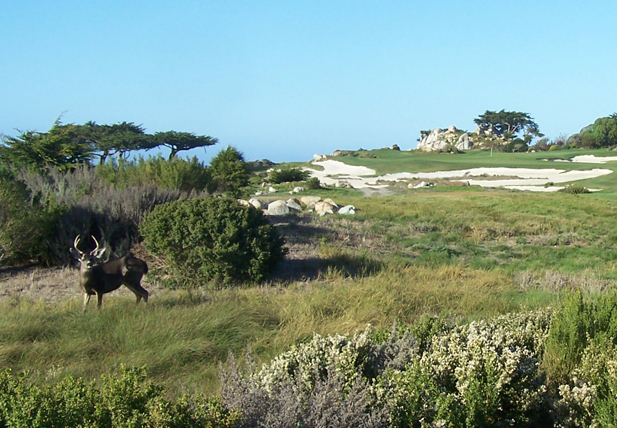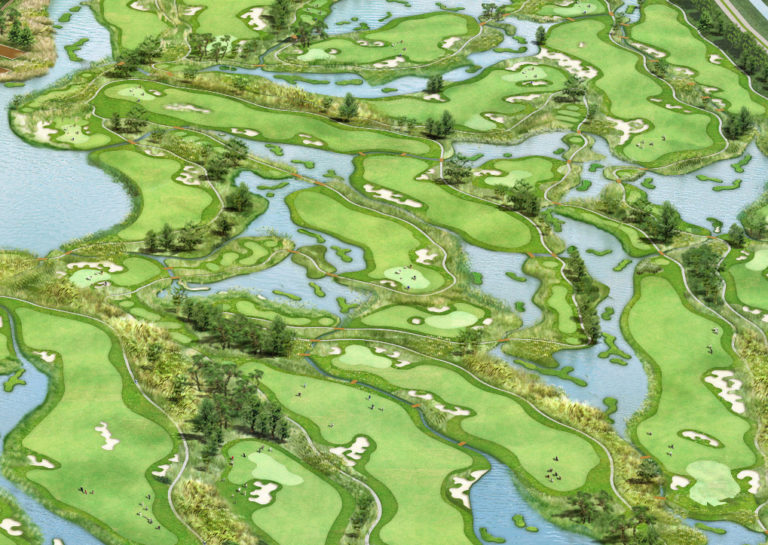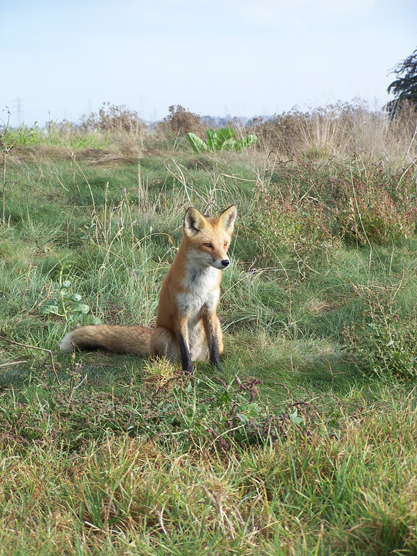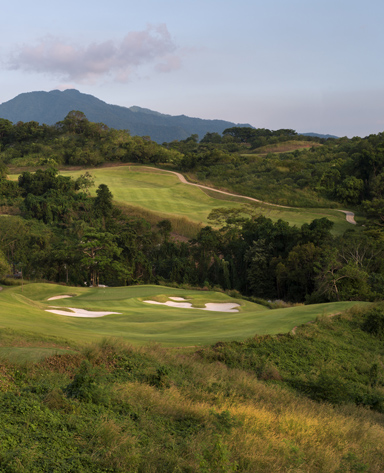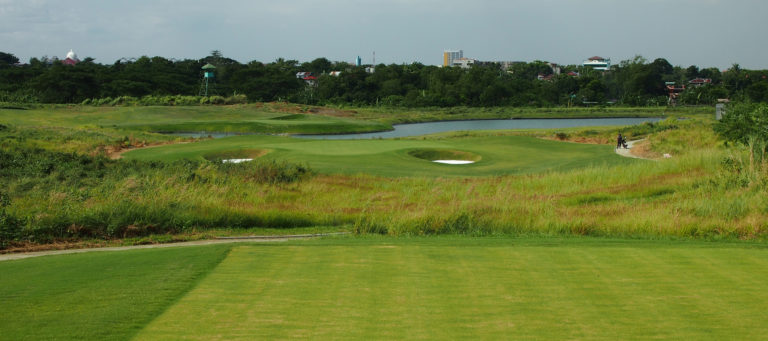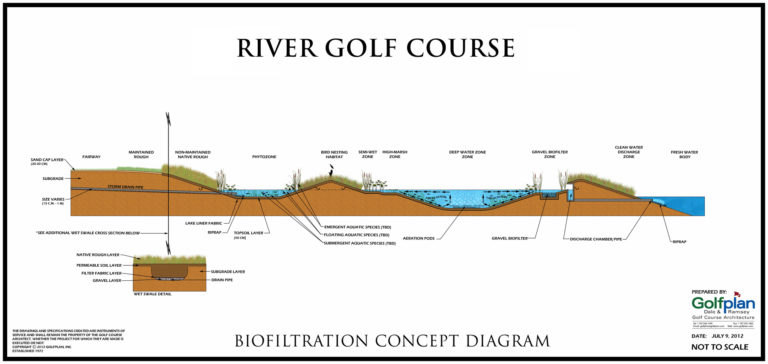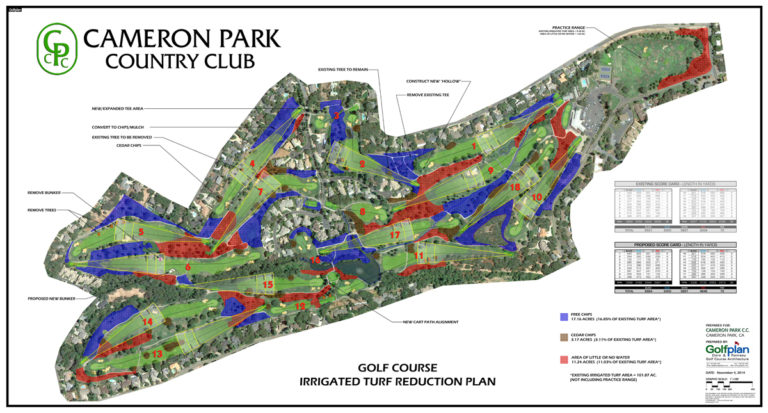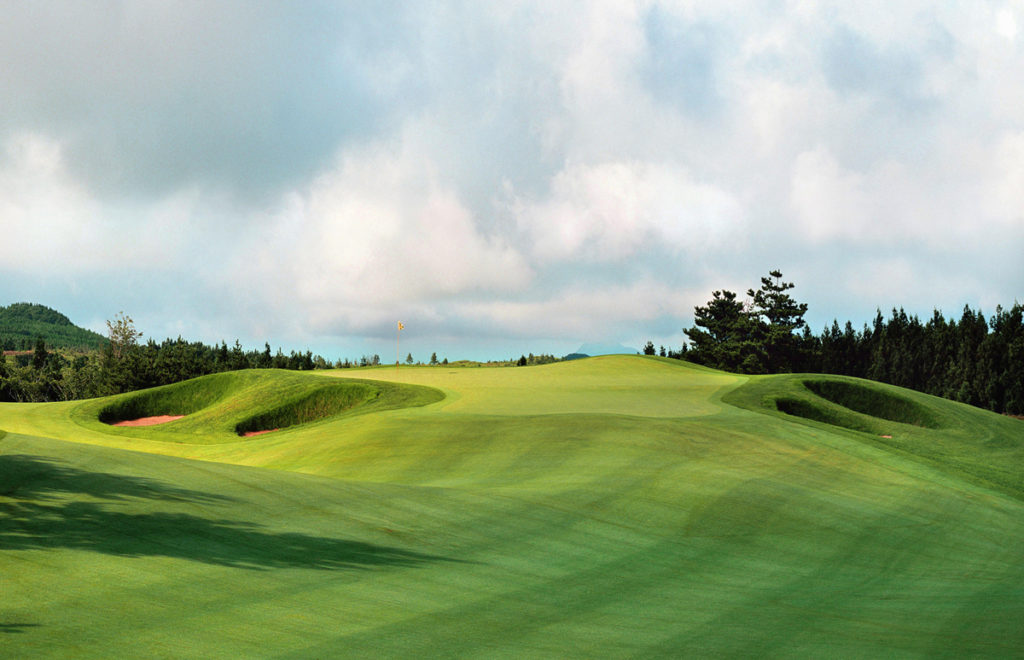MINIMIZING OUR IMPACT
The Art and Science of Sustainability
“Sustainability” refers to more than just environmental issues. It also applies to a project’s overarching business model.
Sustainably designed golf courses are those with an environmentally sensitive approach to design and maintenance, not just those courses that have a naturalistic aesthetic. We strive to do both: design landscapes that take conservation into account while also making sure that the look and feel of each course is an extension of the native environment.
Authentic encounters with the natural world can create lasting impressions and promote repeat customers. Those golf facilities with a high number of rounds-per-year tend to be those that utilize the original flora and fauna. This can be likened to great cuisine that seeks to highlight and amplify the innate character of high quality ingredients.
Click here to read an article about one of our courses titled Ayala South Links: A Nod To Sustainability – The Future Of Golf by Mike Besa.
WATER USAGE
Less turf, less water.
It doesn’t matter where you are in the world; water is and always has been a precious commodity. Now more than ever, it should be treated as such. Some cultures consider its use more carefully than others.
Whether water is effluent, potable, or well water there is a cost associated with every drop that is used for golf irrigation. This cost is both a cost to the environment and a bottom line cost for club owners. All courses should review and scrutinize their irrigation program to determine if they are being environmentally conscious and fiscally responsible with their water use. This happens to be an area in which Golfplan can provide consulting and recommendations.
Turf reduction as it relates to out-of-play areas is one solution implemented at many clubs to help combat costs associated with dwindling or unreliable water supplies. With the U.S. Open being held at Pinehurst No. 2 in 2014, the USGA has begun to support the “brown is beautiful mantra”. This simply encourages the use of natural looking native vegetation to create distinctly contrasting edges that provide a gorgeous rustic feel to the course.
With our help, clients are able to determine where to cut back on irrigated turf, while enhancing playability and the golf experience. The visual aesthetics for the golf club and the concerns of adjacent homeowners are all taken into consideration when identifying areas for turf reduction.
Since 1972, Golfplan has remained proactive in assisting clubs and resorts in mapping their route into the future where golf and nature can coexist in harmony.
Sustainability AND AESTHETICS
Sustainably designed golf courses are those with an environmentally sensitive approach to design and maintenance, not just those courses that have a naturalistic aesthetic. We strive to do both: design landscapes that take conservation into account while also making sure that the look and feel of each course is an extension of the native environment.
Authentic encounters with the natural world can create lasting impressions and promote repeat customers. Those golf facilities with a high number of rounds-per-year tend to be those that are utilize the original flora and fauna. This can be likened to great cuisine that seeks to highlight and amplify the innate character of high quality ingredients.

